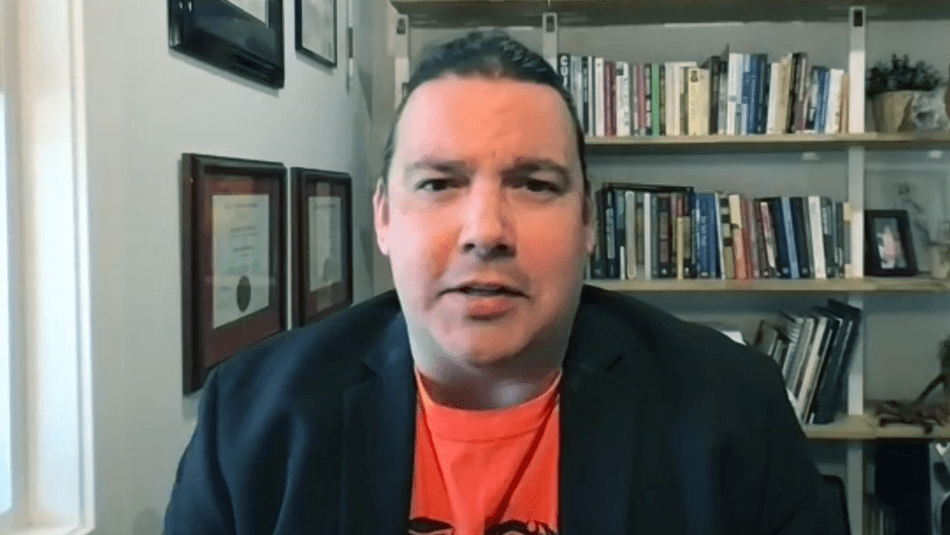
Share
The first of a series of weekly webinars being held during National Indigenous Month began with a moment of silence for the children buried in the newly discovered mass grave at the Kamloops Indian Residential School.
Keynote speaker Niigaan Sinclair of the University of Manitoba, where he teaches Native Studies, spoke about what it means for non-Indigenous people to be “treaty peoples” in the modern context.
He started by outlining that, at their core, treaties are maps for how peoples want to live together.
The challenge for Indigenous nations has been that Canadian law is founded on the idea of “empty land” – that no peoples with legal standing were present at European contact. With no inherent rights to recognize in law, Canadian governments could colonize unencumbered, saidSinclair, who is an award-winning columnist at the Winnipeg Free Press.
With questionable legal standing, treaties have been a challenge to enforce and haven’t always protected Indigenous rights and title. Nevertheless, Sinclair said non-Indigenous Canadians can still invest in the treaty process, re-thinking the relationship with Indigenous peoples as one of two equal parties. Doing so will help re-frame Indigenous concerns not as an afterthought, but rather part of the fabric of all decision-making.
The legacy of colonial violence has generated legitimate anger that cannot be easily reconciled, but nor should it be, said Sinclair.
“The worst legacy of violence is silence,” he said, acknowledging that hiding or denying the legacy of colonialism is not healthy nor will it contribute to reconciliation.
Sinclair ended his talk by discussing the urgent economic need to view Canada’s rapidly growing Indigenous population as a source of skilled labour, especially in the prairies.
To sign up for upcoming webinars during National Indigenous History Month, visit onlineeducation.unifor.org.
For more information about Unifor’s activities during NIHM, visit unifor.org/ihm2021.


